Latest
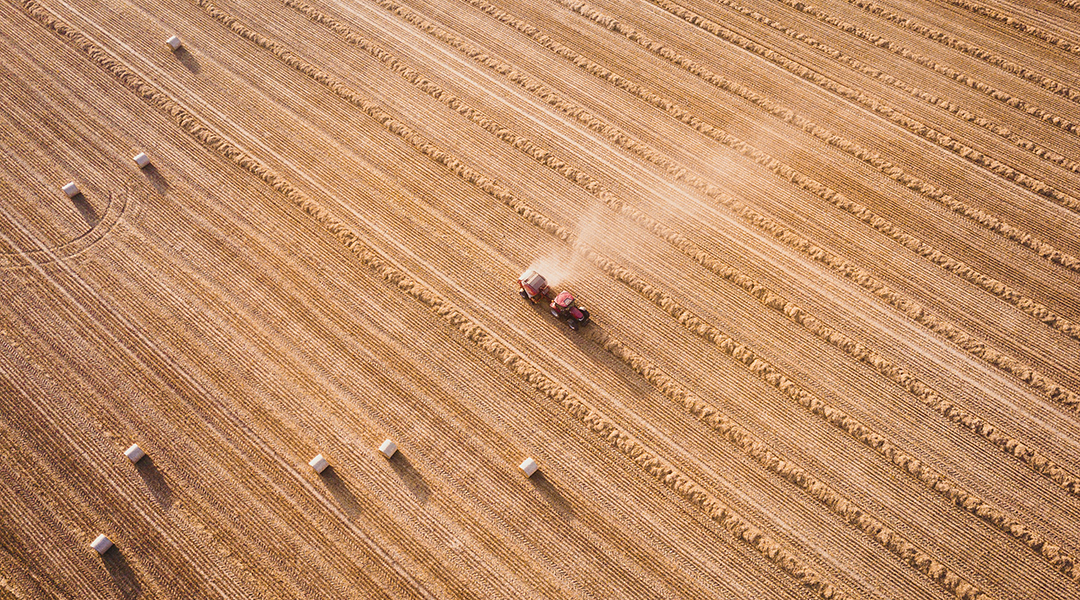
Farming under solar panels: The promise of agrivoltaics in the fight for net-zero
Combining agriculture with solar energy, agrivoltaics offers a promising solution to reduce carbon emissions while boosting food production.

Molecules secreted by parasitic worms found to reduce scarring during wound healing
Researchers have discovered that a protein produced by parasitic worms in the gut enhances wound healing in mice.

3D-printed ceramics bring quantum tech one step closer to the reality
3D-printed ceramics enable smaller, more stable quantum devices for applications in quantum computing, sensing, and communications.
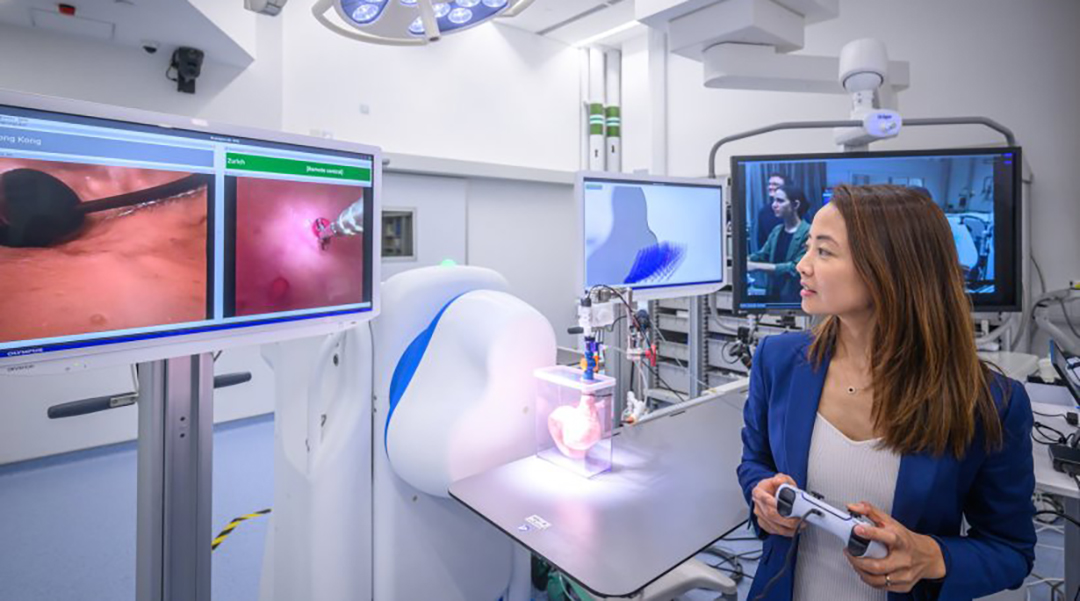
Remote-controlled robot is changing the game for endoscopes
A new teleoperated robot makes it possible to perform endoscopes remotely, making the procedure available in underserviced regions.

Gigantic cosmic strings may have spawned supermassive black holes and galaxies
Scientists theorize that cosmic strings interacting with dense matter in the early universe provided the seeds for galaxies and black holes.

Low-cost, portable test detects heavy metals in water
Using electrochemical sensors, this new device can be used to combat water pollution by detecting heavy metals, like lead.
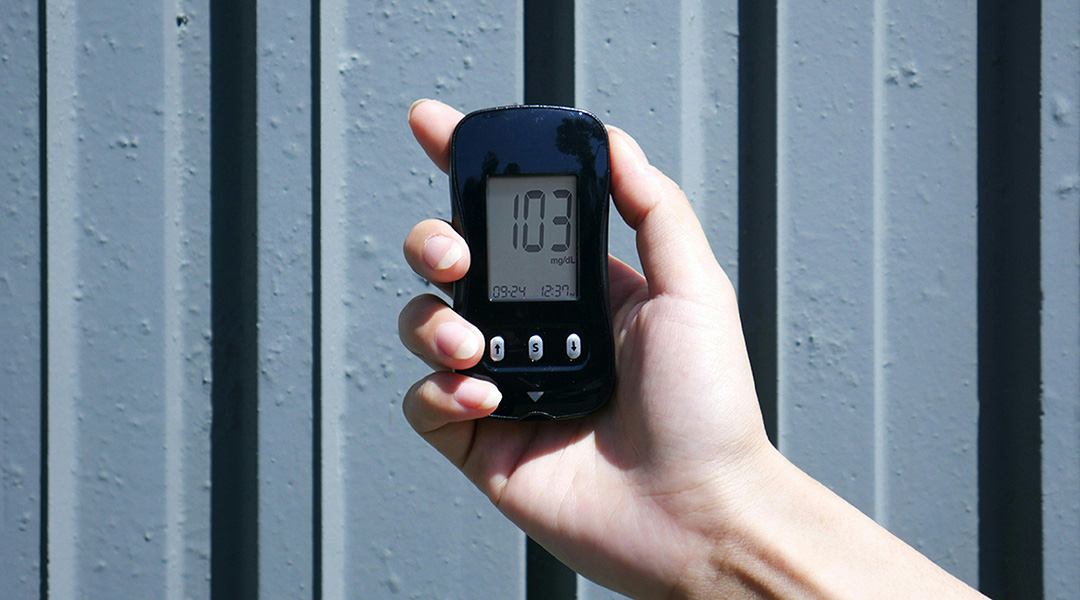
Wearable patch monitors blood sugar via sweat
An energy-harvesting wearable patch continuously monitors blood sugar levels via sweat to prevent hypoglycemic events in diabetic patients.
ASN Weekly
Sign up for our weekly newsletter and receive the latest science news directly to your inbox.

The best model for understanding illnesses in newborns
When working with animal models for newborn babies, researchers need to determine what stage of development best mimics that of a human baby at birth.

Plant immunity to fungal pathogens developed millions of years ago
As plants evolved to live on land, so too did their immune systems, offering protection against dangerous fungi.
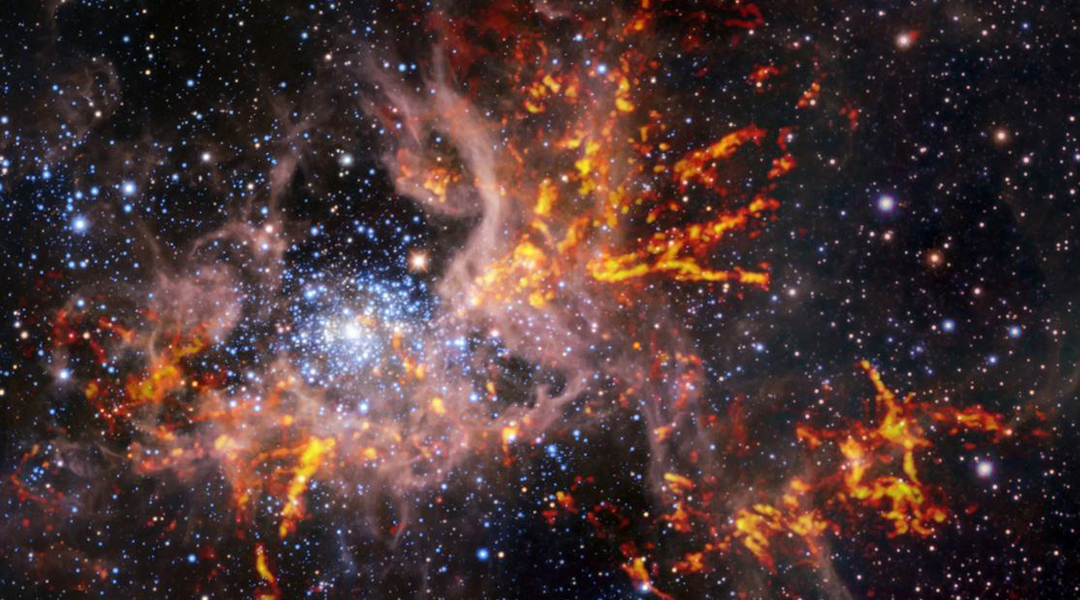
Mapping the gas web of the Tarantula Nebula
New images of the Tarantula Nebula help us understand how intense star formation at its center impacts the rest of the nebula.
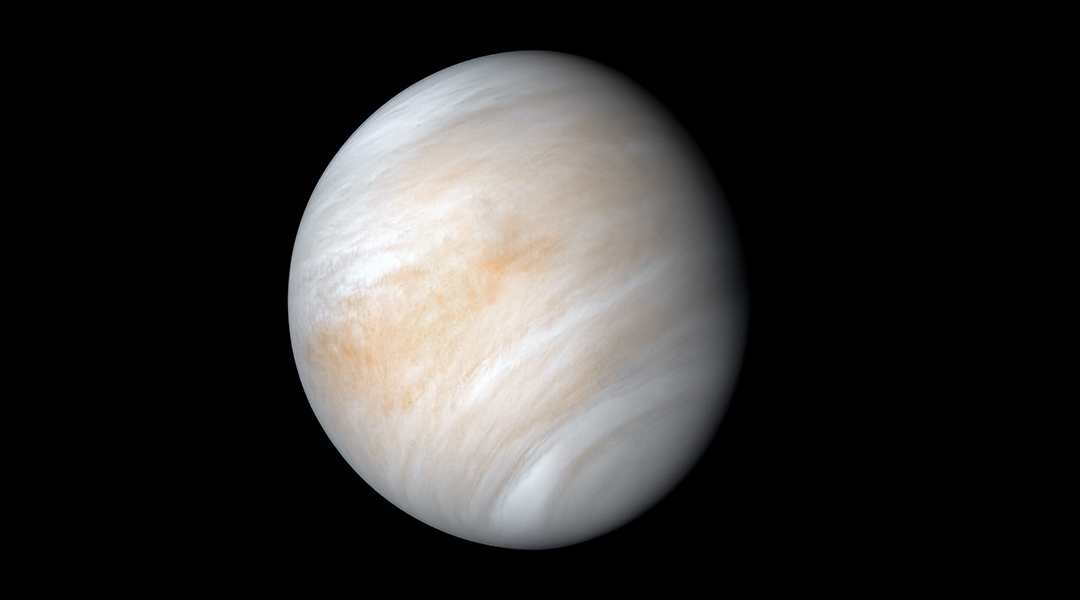
The ongoing search for life on Venus
While a new model finds life is not responsible for Venus’ odd atmospheric chemistry, the aerial biosphere hypothesis is important in the search for life on other worlds.

3D-printed self-sensing materials
Self-sensing materials will find a range of applications from tissue engineering to building lightweight aircraft.

Hatice Mutlu: Circular chemistry through degradable, metamorphosing polymers
Chemist Hatice Mutlu applies zero-waste methods to create biodegradable polymers that can be used perpetually.
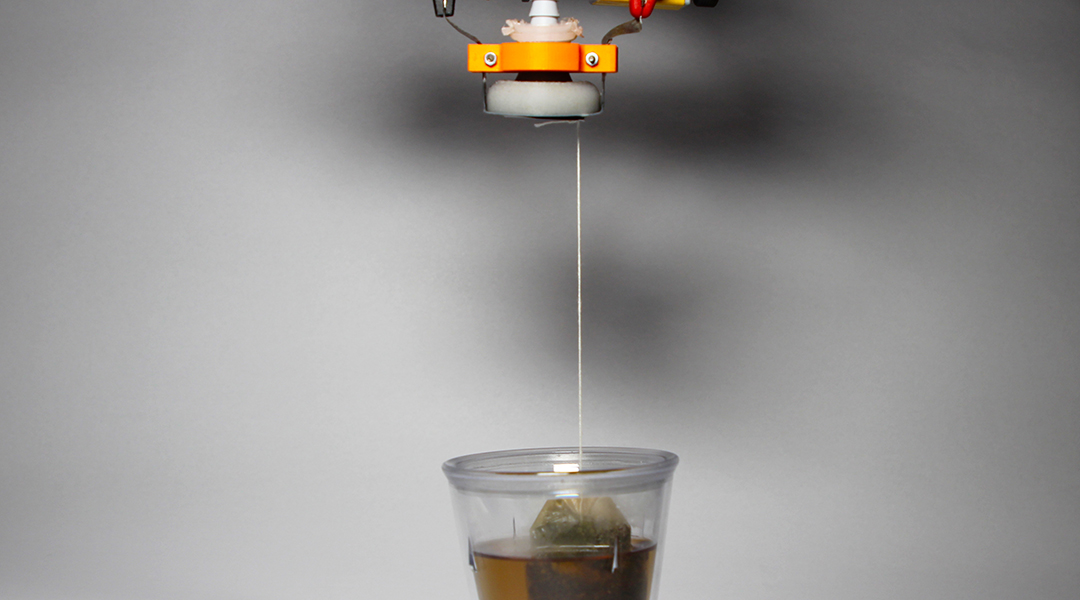
A soft robotic hand takes a two-pronged approach to grasping
Resembling a balloon filled with coffee grounds, this gripper uses granular jamming and electrostatic interactions to manipulate objects.

Blue-green algae bind rare earth elements
Biosorption could help in the recycling and reuse of rare earth elements.

Pathogen detection with nanotechnology
Researchers turn to nanotechnology to boost the detection of pathogens, including SARS-CoV-2.
No Results Found
The page you requested could not be found. Try refining your search, or use the navigation above to locate the post.
No Results Found
The page you requested could not be found. Try refining your search, or use the navigation above to locate the post.
No Results Found
The page you requested could not be found. Try refining your search, or use the navigation above to locate the post.
No Results Found
The page you requested could not be found. Try refining your search, or use the navigation above to locate the post.
No Results Found
The page you requested could not be found. Try refining your search, or use the navigation above to locate the post.
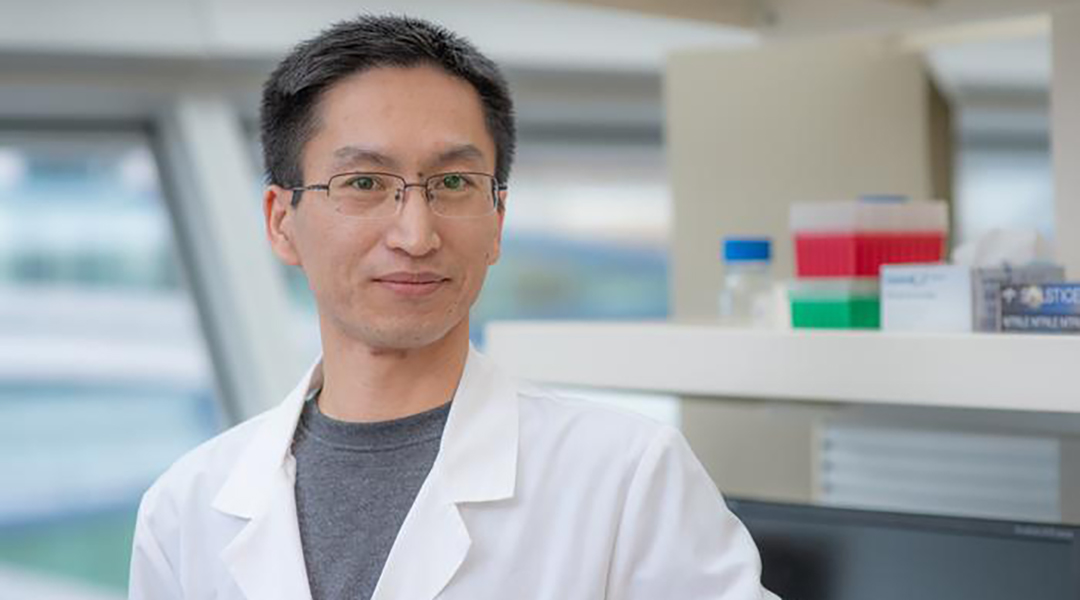
Repairing broken circuits in the brain could help treat Parkinson’s disease
Scientists delve into how repairing dysfunctional brain circuits in Parkinson’s can offer another path forward for new treatment strategies.
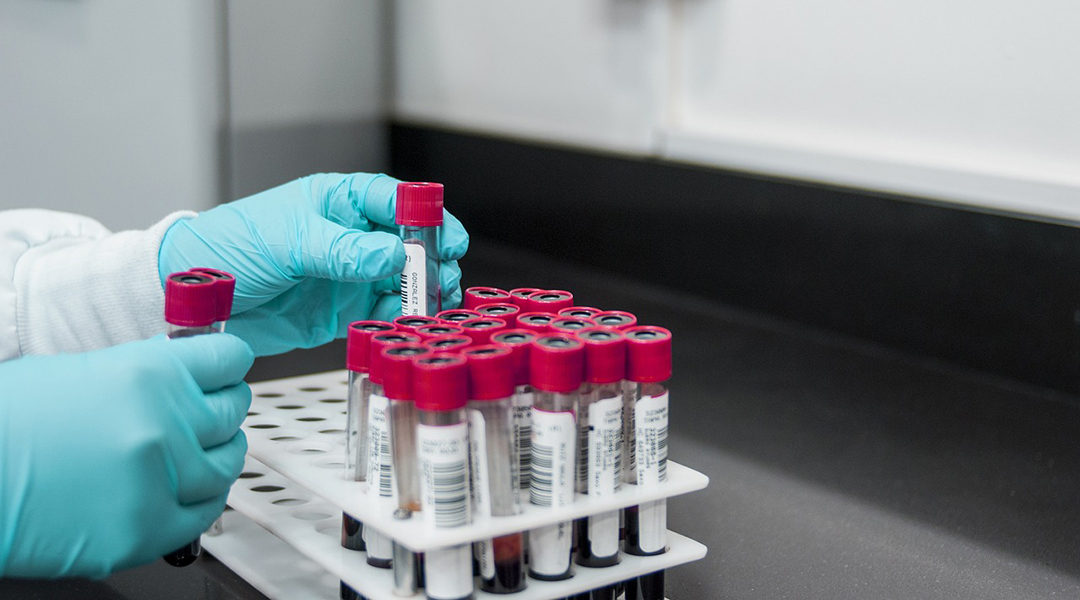
A new, simple test enables early detection of ovarian cancer
Scientists are hopeful that a new, more sensitive test for detecting ovarian cancer might provide better options, especially for patients with BRCA genes.
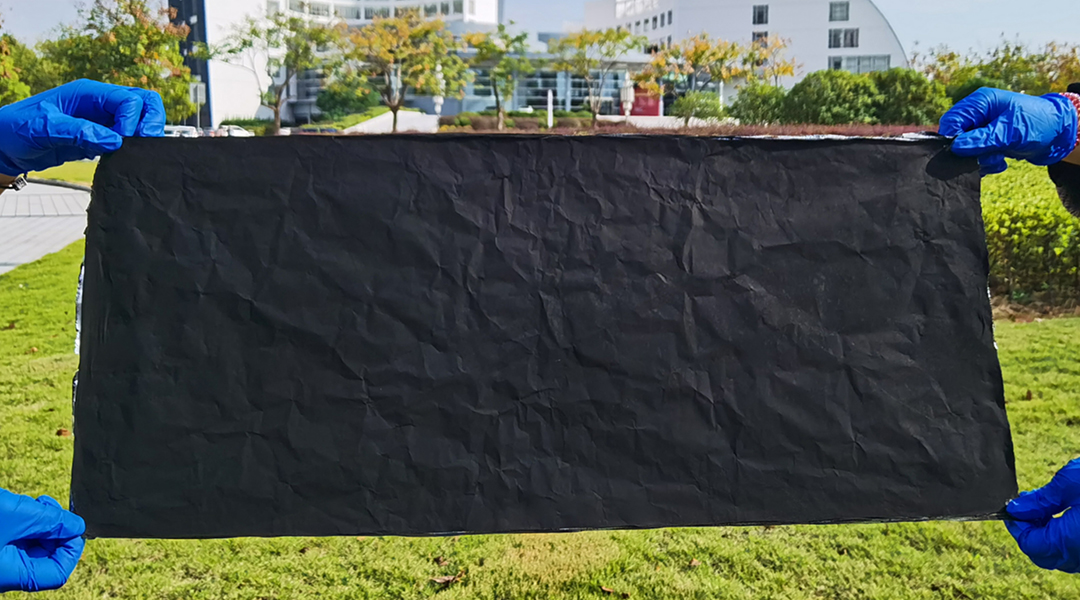
SPRABE: A stretchable, breathable, and self-adhesive electronic skin
Researchers create a multi-layered electronic skin that mimics human skin with applications ranging from robotics to telehealth.

AI is revolutionizing manual cell counting
AI is changing the labor-intensive process of manual cell counting, offering improved accuracy, efficiency, and a door into new scientific applications.
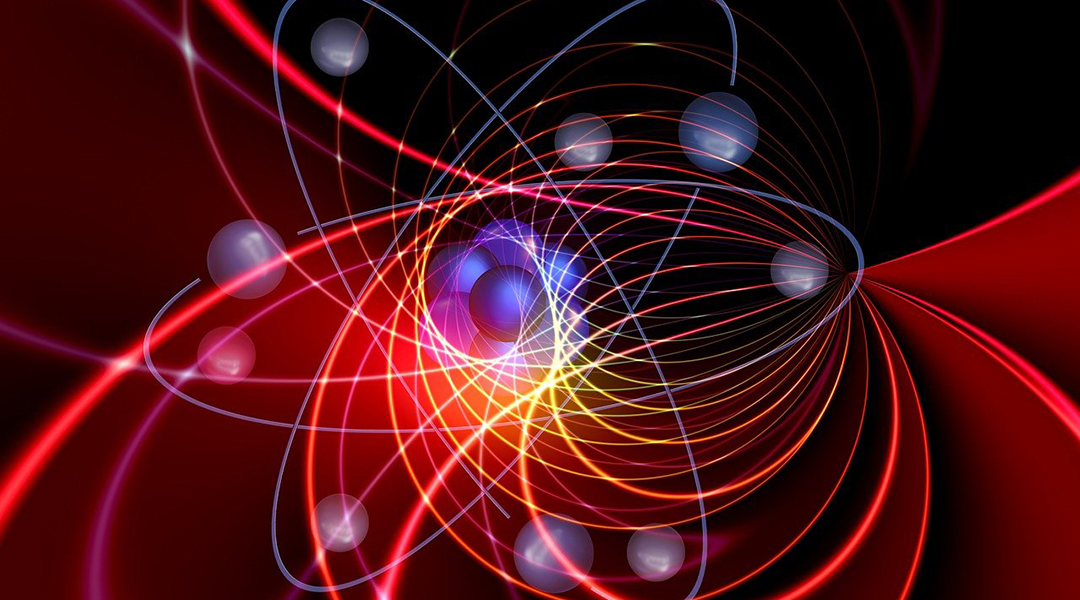
Scientists detect the X-ray signature of a single atom
A new technique can detect the X-ray signature of an individual atom, even determining the structure of its electron orbits.

Violets help scientists build a 4D-printed catapult
Taking inspiration from nature, scientists create a two-component catapult that overcomes limitations in 4D printing.
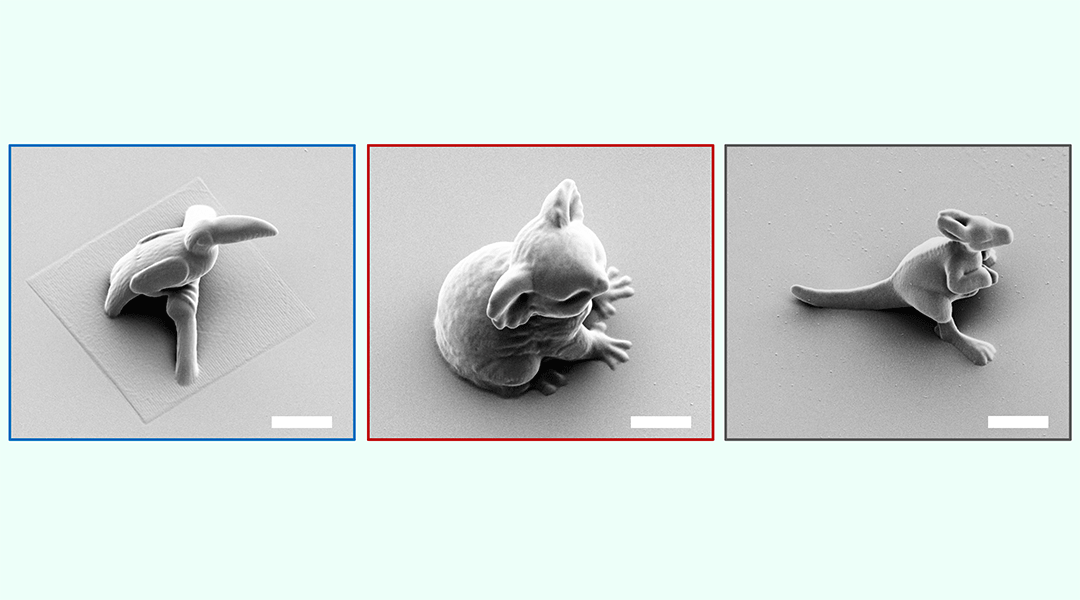
New inks print tiny 3D structures with ultimate precision
Defining the molecular sequence of ink ingredients gives chemical engineers precise control of microscopic 3D printing.
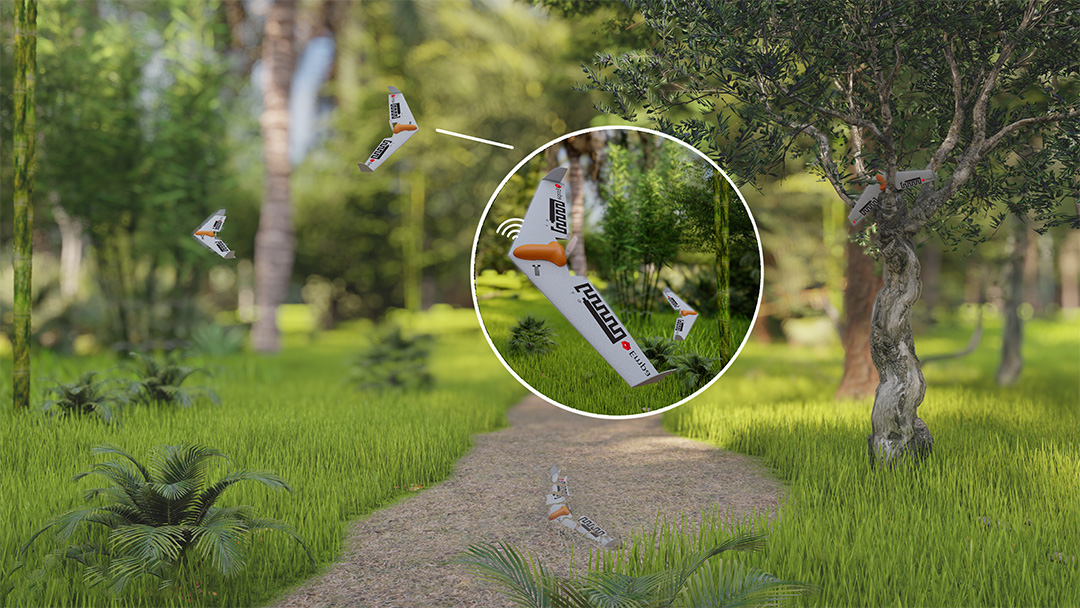
A biodegradable drone for environmental monitoring
The forest floor should be able to make a meal out of this new drone made of almost completely from biodegradable parts.
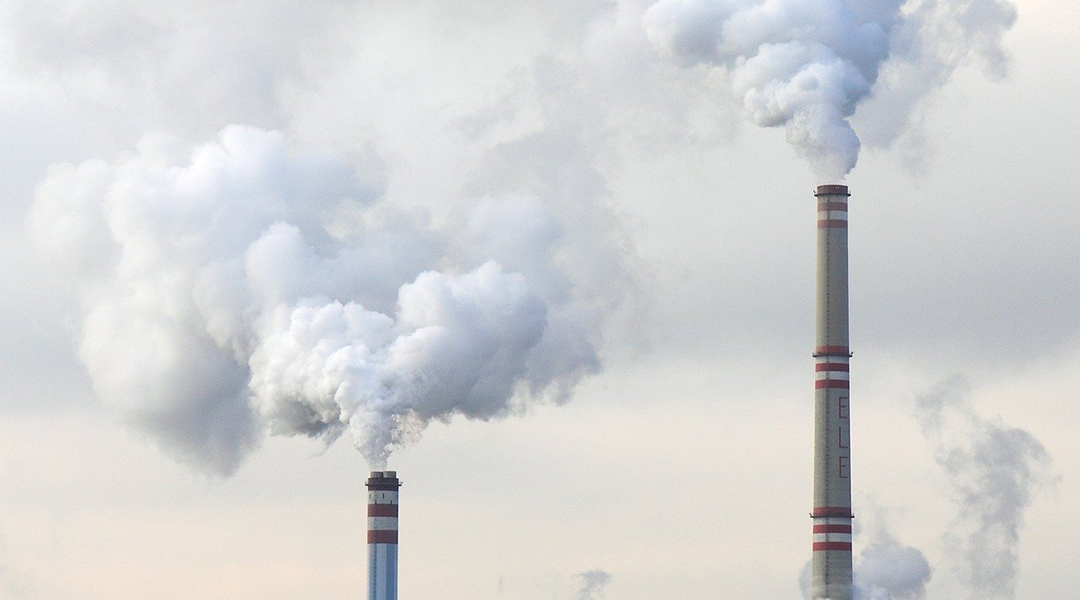
Molten salts help capture carbon at high temperatures
Molten salts are renowned for operating at high temperatures and are ideal as a new generation of carbon capture media.

Foldable and recyclable paper electronics
A conductive, cellulose-based nanopaper allows researchers to print paper electronics without needing expensive microfabrication techniques.

Supercharging carbon dioxide capture
A new carbon capture technique called supercapacitive swing adsorption separates carbon dioxide from gaseous mixtures in the air and industrial flue gases.
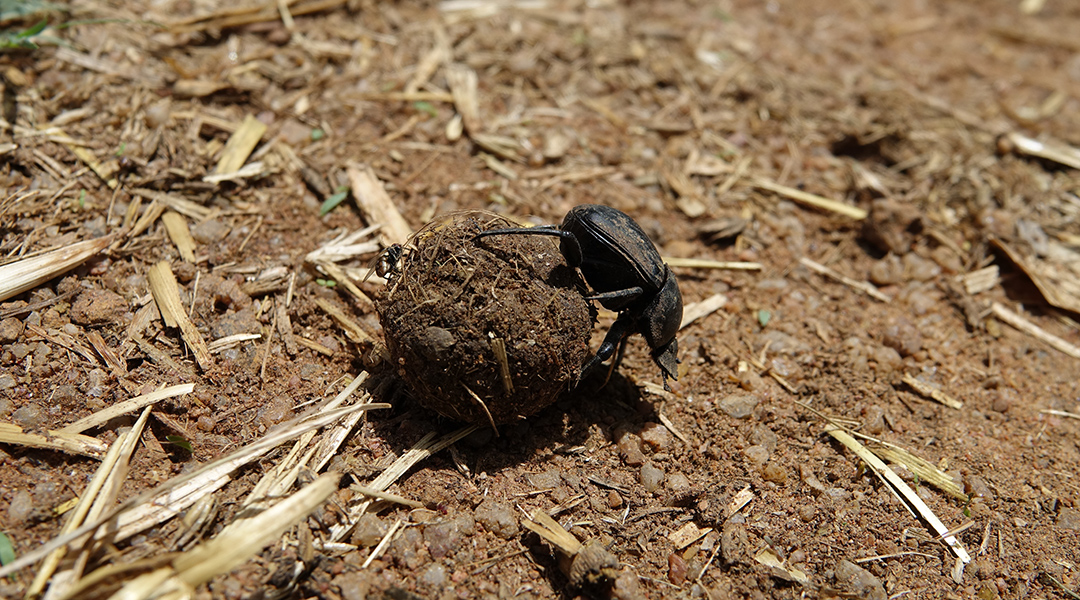
What influences where scarab beetles roll their dung balls?
A numerical model helps scientists understand how particularities of different terrains affect the trajectory and behavior of dung beetles.

Detecting ultralight dark matter particles using supermassive black holes
Is it time to start looking for alternatives to WIMPs?
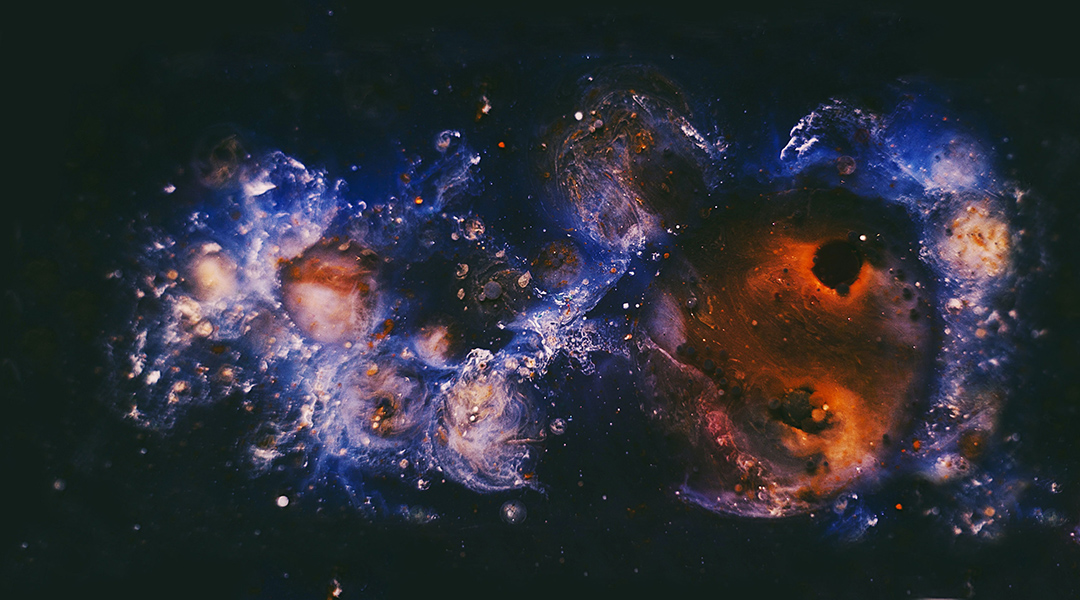
Explaining the Universe’s accelerated expansion without dark energy
A modification to the theory of general relativity makes it consistent with observable astronomical data without the need for dark energy.

New type of black hole merger may have just been observed
Merging pairs of black holes are thought to have originated from binary stars, but new observations indicate this might not always be true.

A breakthrough in nuclear fusion announced
After decades of experimentation, US scientists achieve ignition in a controlled fusion experiment for the first time.



